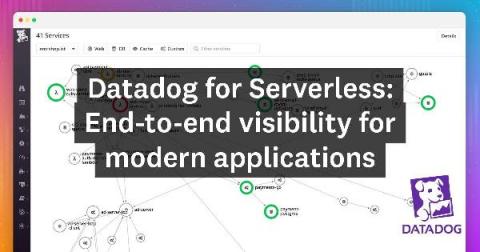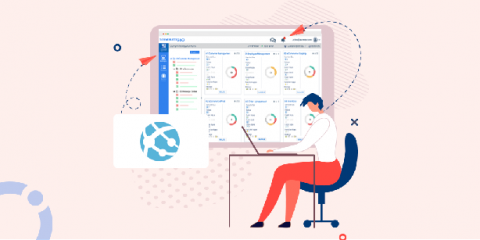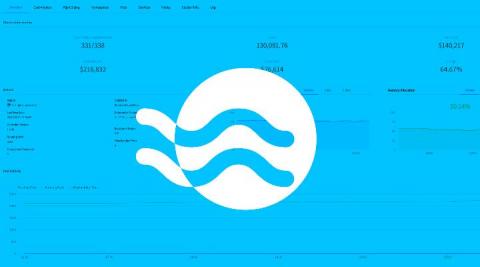Insights for AWS Kinesis and Step Functions now supported by Dashbird
August 2020 marks 3 years of Dashbird and empowering serverless DevOps teams to fully understand their complex serverless infrastructures by enabling them to get full observability and insights into its performance. This birthday month, we have plenty of surprises, giveaways, and goodies in our sleeve over the next few weeks, so sign up for our newsletter to be the first one to know.









